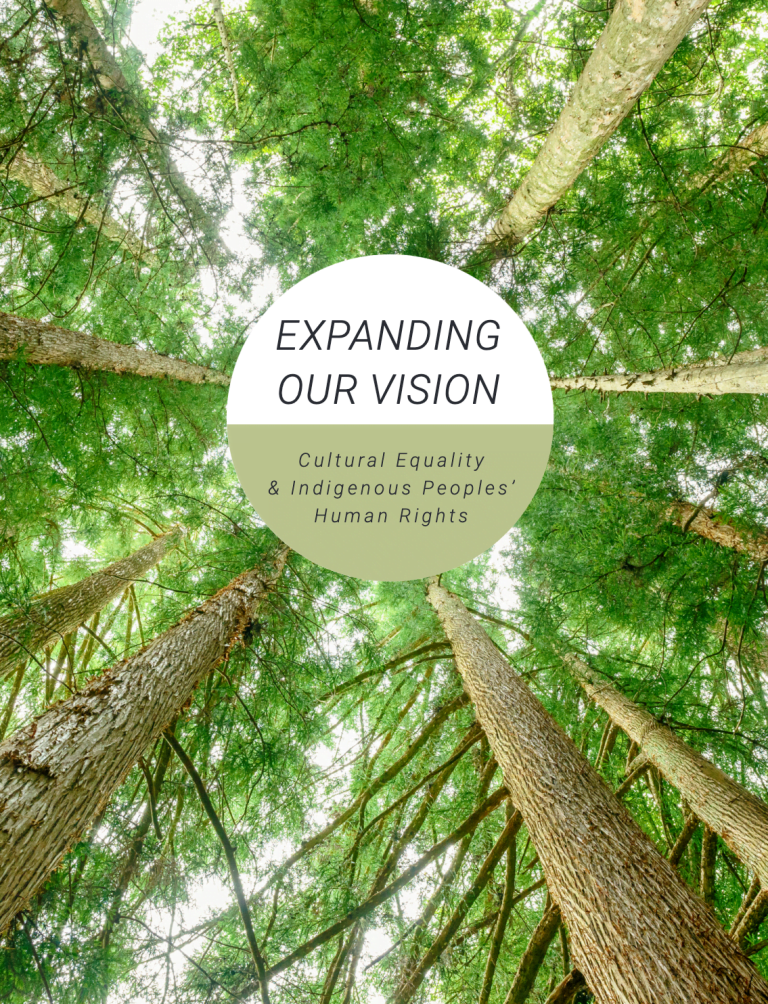12 search results
for
Indigenous organizations
Guiding recommendations
Recommendation 3: Increase the number of Indigenous Peoples at all levels of the BCHRT, including staff, tribunal members and contractors.-
Category and theme:
Audience:
Groups affected:
Guiding recommendations
Recommendation 4: Create education materials and training:- For Indigenous Peoples, about the Code and BCHRT processes;
- Within the BCHRT, to develop cultural competency and safety among BCHRT staff and tribunal members;
- For the general public, through a proactive campaign to highlight specific areas of discrimination faced by Indigenous Peoples.
-
Category and theme:
Audience:
Groups affected:
Immediate procedural steps
Recommendation 7: Consider these recommendations remedial measures, and implement active and concerted efforts to address the underrepresentation of Indigenous complainants accessing the BCHRT. Create an affirmative access program for Indigenous Peoples.-
Category and theme:
Audience:
Groups affected:
Public outreach to Indigenous communities
Recommendation 17: Create a public education campaign for Indigenous Peoples which addresses human rights from an Indigenous perspective:- Make materials easily accessible at Band offices, Métis organizations, Friendship Centres, Indigenous political organizations, and universities.
- Emphasize cases where Indigenous individuals have successfully brought human rights claims.
-
Category and theme:
Audience:
Groups affected:
Addressing systemic racism
Recommendation 22: Develop a baseline of information and understanding of the racism that Indigenous Peoples experience so that individual complainants are not put to a process of proof again and again. Advance research or statements about common areas of discrimination experienced by Indigenous Peoples. This would operate similar to judicial notice of facts that are beyond dispute, as encouraged by the Supreme Court of Canada in cases such as Williams, Gladue, and Ipeelee.-
Category and theme:
Audience:
Groups affected:
Addressing systemic racism
Recommendation 24: Empower the ability for Indigenous organizations to file collectively, to advance claims on behalf of individuals, similar in context to a “human rights class action.”-
Category and theme:
Audience:
Groups affected:
Settlement
Recommendation 31: Include Indigenous dispute resolution models, mediators and peacemakers in BCHRT mediation or settlement discussions. Consider use of co-mediation or joint processes involving Indigenous Peoples.-
Category and theme:
Audience:
Groups affected:
Time limits
Recommendation 36: Provide public education for Indigenous Peoples that complaints should be filed at the same time that a complainant is pursuing internal or informal processes because the BCHRT time limits are strict.-
Category and theme:
Audience:
Groups affected:
Need for legal representation
Recommendation 44: Advocate, perhaps with the Office of the Human Rights Commissioner, Indigenous political organizations and legal advocacy organizations, for legal representation at the filing stage through to resolution, for Indigenous claimants.-
Category and theme:
Audience:
Groups affected:
Need for legal representation
Recommendation 45: Explore options to support greater access to justice for Indigenous Peoples in this area, including Indigenous human rights legal aid funding, administered by the Legal Services Society or a similar organization, to support Indigenous Peoples in making and advancing claims.-
Category and theme:
Audience:
Groups affected:
